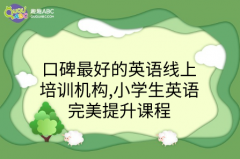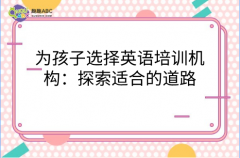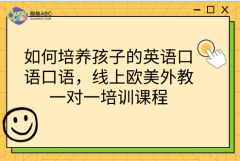The Chinese New Year is now popularly known as the SpringFestival because it starts from the Begining of Spring (the first of the twenty-four terms incoodination with the changes of Nature)。 Its origin is too old to be traced. Severalexplanations are hanging around. All agree, however, that the word Nian, which in modernChinese solely means year, was originally the name of a monster beast that started to prey onpeople the night before the beginning of a new year.
One legend goes that the beast Nian had a very big mouth that would swallow a great manypeople with one bite. People were very scared. One day, an old man came to their rescue,offering to subdue Nian. To Nian he said, I hear say that you are very capable, but can youswallow the other beasts of prey on earth instead of people who are by no means of yourworthy opponents? So, it did swallow many of the beasts of prey on earth that alsoharrassed people and their domestic animals from time to time.
After that, the old man disappeared riding the beast Nian. He turned out to be an immortalgod. Now that Nian is gone and other beasts of prey are also scared into forests, peoplebegin to enjoy their peaceful life. Before the old man left, he had told people to put up redpaper decorations on their windows and doors at each year's end to scare away Nian in case itsneaked back again, because red is the color the beast feared the most.
From then on, the tradition of observing the conquest of Nian is carried on from generation togeneration. The term Guo Nian, which may mean Survive the Nian becomes today Celebratethe (New) Year as the word guo in Chinese having both the meaning of pass-over andobserve. The custom of putting up red paper and firing fire-crackers to scare away Nian shouldit have a chance to run loose is still around. However, people today have long forgotten whythey are doing all this, except that they feel the color and the sound add to the excitement ofthe celebration.

相传,在古时候,有个名叫万年的青年,看到当时节令很乱,就有了想把节令定准的打算。但是苦于找不到计算时间的方法,一天,他上山砍柴累了,坐在树阴下休息,树影的移动启发了他,他设计了一个测日影计天时的晷仪,测定一天的时间,后来,山崖上的滴泉启发了他的灵感,他又动手做了一个五层漏壶,来计算时间。天长日久,他发现每隔三百六十多天,四季就轮回一次,天时的长短就重复一遍。
当时的国君叫祖乙,也常为天气风云的不测感到苦恼。万年知道后,就带着日晷和漏壶去见皇上,对祖乙讲清了日月运行的道理。祖乙听后龙颜大悦,感到有道理。于是把万年留下,在天坛前修建日月阁,筑起日晷台和漏壶亭。并希望能测准日月规律,推算出准确的晨夕时间,创建历法,为天下的黎民百姓造福。
有一次,祖乙去了解万年测试历法的进展情况。当他登上日月坛时,看见天坛边的石壁上刻着一首诗:
日出日落三百六,周而复始从头来。
草木枯荣分四时,一岁月有十二圆。
知道万年创建历法已成,亲自登上日月阁看望万年。万年指着天象,对祖乙说:“现在正是十二个月满,旧岁已完,新春复始,祈请国君定个节吧”。祖乙说:“春为岁首,就叫春节吧”。据说这就是春节的来历。
冬去春来,年复一年,万年经过长期观察,精心推算,制定出了准确的太阳历,当他把太阳历呈奉给继任的国君时,已是满面银须。国君深为感动,为纪念万年的功绩,便将太阳历命名为“万年历”,封万年为日月寿星。以后,人们在过年时挂上寿星图,据说就是为了纪念德高望重的万年。

 400-009-0512
400-009-0512






 微信服务号
微信服务号 微信服务号
微信服务号